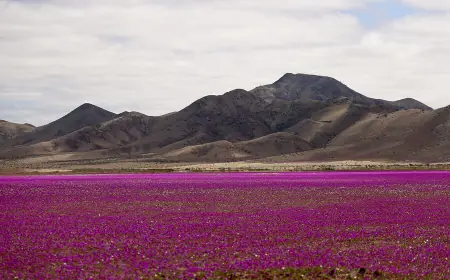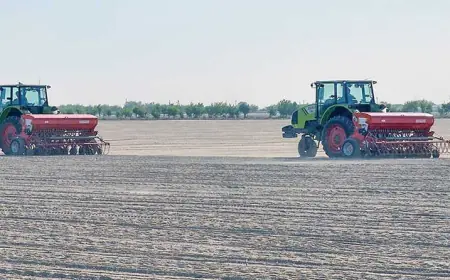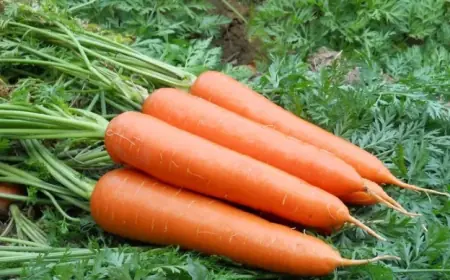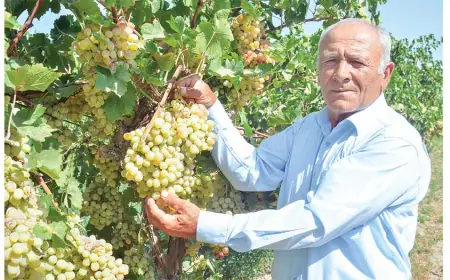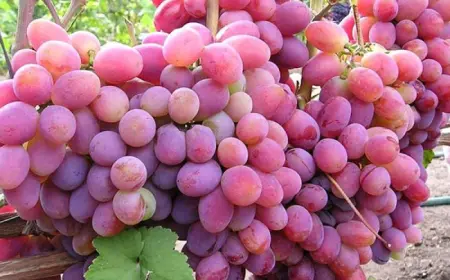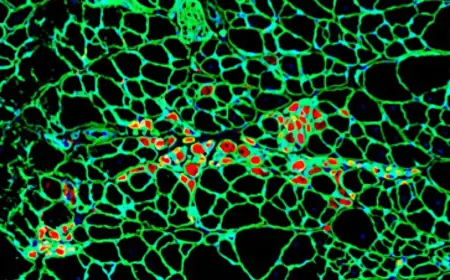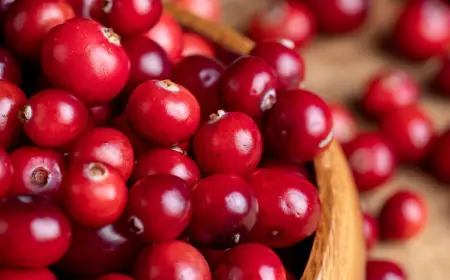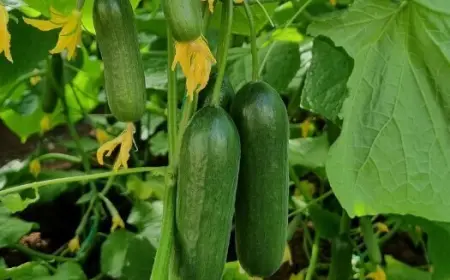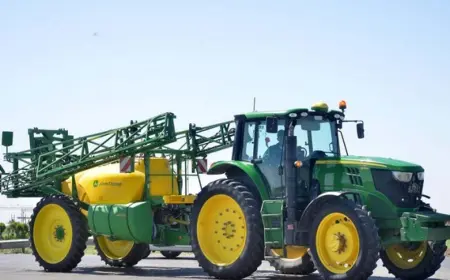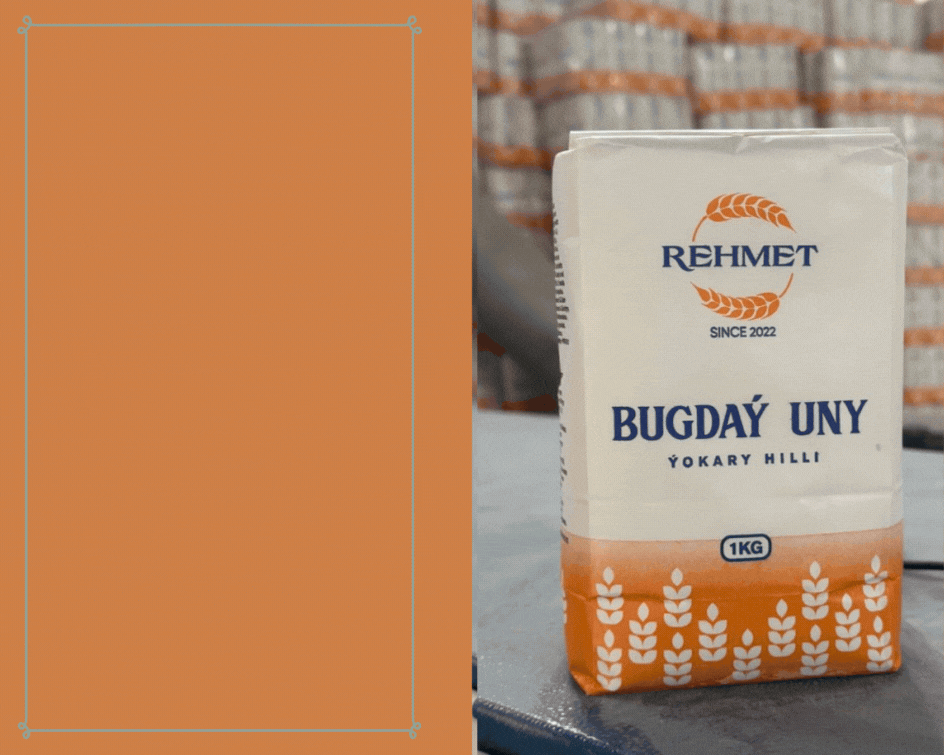Crop Selection by Region: Plant Cultivation Opportunities Across Turkmenistan
Turkmenistan is geographically diverse, with varying climate and soil conditions. Each region has unique natural characteristics that determine which plants can be effectively cultivated. This article provides a detailed overview of the types of crops best suited to each province and their agricultural and ecological significance.
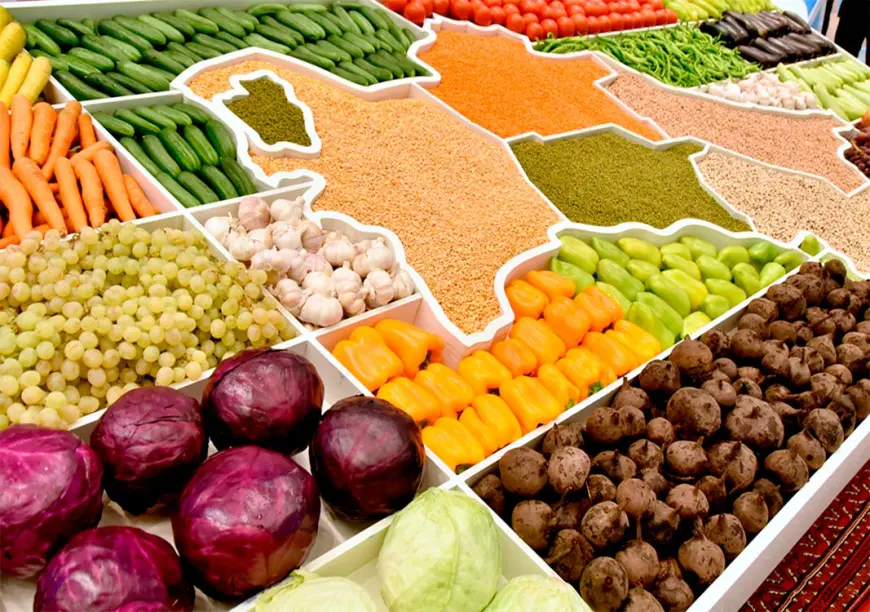
1. Ahal Province
Natural Conditions:
Located on the western edge of the Karakum Desert, Ahal has a predominance of irrigated lands, primarily supplied by the Karakum Canal.
Key Crops:
-
Cotton – The region’s primary economic crop.
-
Wheat – A strategic food staple.
-
Tomatoes, cucumbers, eggplants – Widely cultivated vegetables.
-
Grapes, pomegranates, apples – The warm climate favors fruit orchards.
-
Saxaul and wormwood – Used in combating desertification.
2. Balkan Province
Natural Conditions:
This region borders the Caspian Sea, with mountainous areas and a coastal microclimate. The climate is warm and dry.
Key Crops:
-
Olives, figs, pomegranates – Fruit trees that thrive in warm conditions.
-
Mulberries, almonds, walnuts – Grown in mountain foothills.
-
Lavender, rosemary – Aromatic and medicinal plants.
-
Shrubs, saxaul – Important for dryland ecological stability.
3. Dashoguz Province
Natural Conditions:
Primarily desert and semi-desert territory, but with irrigated areas and deep-rooted agricultural practices.
Key Crops:
-
Beets, carrots, garlic, pumpkins – Widely grown root vegetables.
-
Barley, corn – Suitable grain crops.
-
Apples, pears, plums – Cool-season fruit trees.
-
Wormwood, local medicinal herbs – Native species with ecological and health value.
4. Lebap Province
Natural Conditions:
Located along the Amu Darya River, Lebap has very fertile soils and ample irrigation. The Köýtendag Mountains are also found here.
Key Crops:
-
Cotton, wheat – Main agricultural staples.
-
Grapes, peaches, figs, apples, pears – Fruit growing is well-developed in valleys and foothills.
-
Tomatoes, peppers, cucumbers – A leading region for vegetable cultivation.
-
Mountain herbs (e.g., wild melons, alhagi) – Ideal for medicinal and ecological purposes.
5. Mary Province
Natural Conditions:
Located in the lower reaches of the Amu Darya, Mary has extensive irrigated lands and borders desert regions.
Key Crops:
-
Wheat, corn, cotton – Economically important crops.
-
Cucumbers, carrots, pumpkins – Well-suited vegetable varieties.
-
Grapes, plums, apples – Fruit trees requiring heat thrive here.
-
Saxaul, salt-tolerant shrubs, wormwood – Important for stabilizing saline and arid soils.
| Province | Key Cultivated Plants |
|---|---|
| Ahal | Cotton, wheat, vegetables, grapes, wormwood |
| Balkan | Olives, pomegranates, figs, lavender, mountain fruits, arid plants |
| Dashoguz | Root vegetables, grains, apples, pears, medicinal native herbs |
| Lebap | Cotton, wheat, grapes, figs, mountain herbs, medicinal plants |
| Mary | Wheat, vegetables, grapes, saxaul, corn, wormwood |
Each region of Turkmenistan offers distinct advantages for cultivating certain crops based on its natural conditions. Choosing crops suited to the region’s climate and soil improves agricultural efficiency and sustainability. Promoting the cultivation of native plants contributes not only to food security but also to environmental conservation and land restoration.



